Blog
Field Notes: Tuning Tips to Steer You on the Right Path
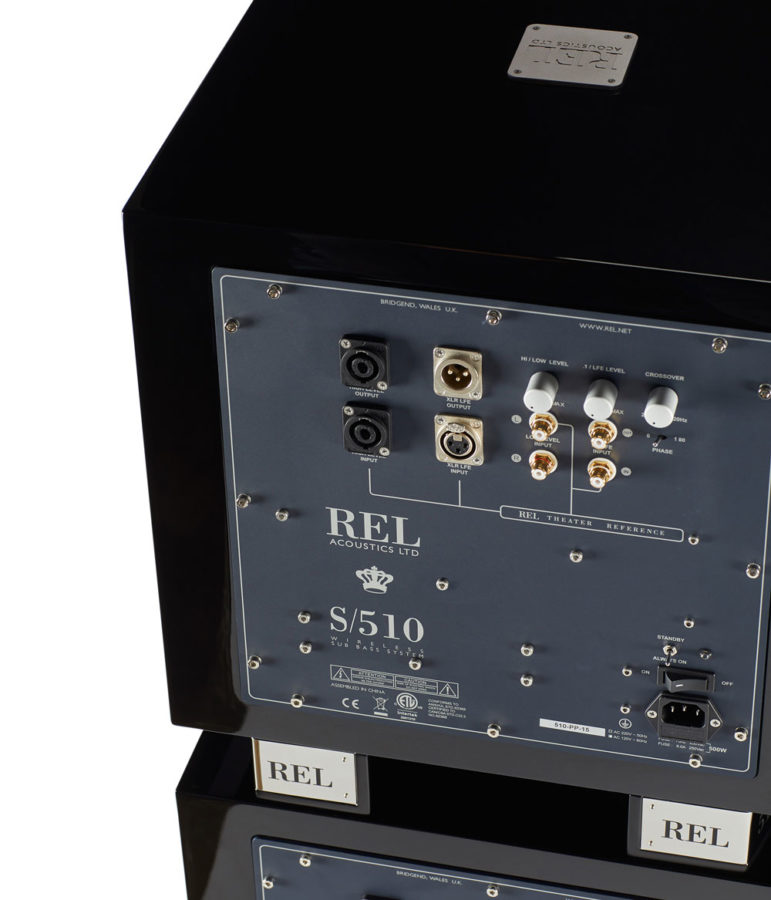
Our North America Regional Managers spend a lot of time in the field visiting dealers, working to make sure their demos are up to snuff. In England, Rob Hunt performs miracles visiting dealers and some high roller customers as well. In our International Markets, Kirill Nenarokomov is an absolute savant at setup and dial in, backstopping our many international distributors and their clients.
From these hundreds and hundreds of visits each year, certain patterns begin to emerge. We thought it would be helpful for both existing owners and those who may just have purchased their RELs to see what the recurring setup errors are in order to obtain better performance themselves. The first tip(s) pertain most commonly with RELs that feature a High Level Connection (10 Meter long cable with a black and blue connector at one end). HT owners can bypass this and go directly to the second tip.
Tip 1
Easily the most common error is to set, a) the Crossover too high and b) the Gain too low. Usually both, as the second is made in an effort to counterbalance the effect of the first. It’s an easy mistake to make, new owners aren’t used to listening for the proper effect of a true subwoofer so they will often turn the crossover up loud enough so that they can “hear it” (the most common explanation offered up). By this, they mean they can hear mid and upper bass “just like a speaker” which means it’s very likely to have been set an octave too high to do its job properly. In a corrective effort, they then turn the gain down to try to minimize the effect of the too-high crossover setting.
Why does this present such a problem? Doesn’t turning down the subwoofer’s volume (Gain) make it all better? You might think so, but in reality you’ve just doubled down on the same issue. The volume being turned down helps a bit, but since they still “want to hear it”, it’s left a little too high but with notes emerging that are far too high pitched. We know instantly what it is when we get emails saying something to the effect that, “No matter what I try, I can’t get my REL to blend. What am I doing wrong?”
REL Tip 1: First, note that each control has tiny detents, or clicks. Experienced REL setup types take careful note of their click counts as they are like the proverbial bread crumbs in the fable, allowing one to find one;’ way home, should you get confused.
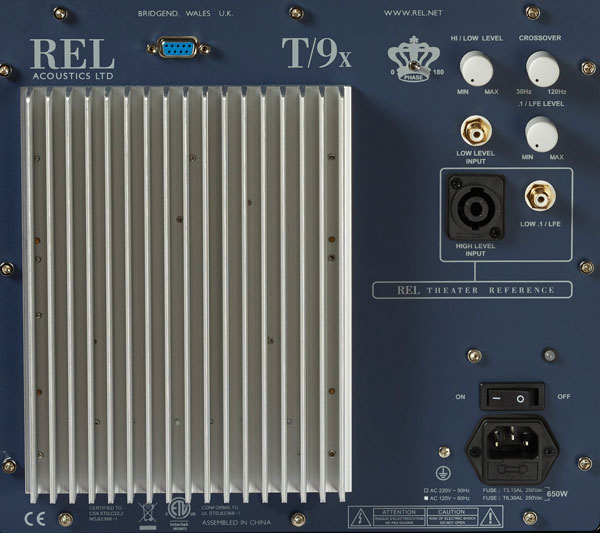
REL Tip 2: As always, use Track #4 from the cd of the soundtrack to the movie Sneakers. The reliable, deep bass impulses of the concert bass drum being gently struck allow quick and easy work of adjusting settings.
Reset Everything, it Takes Far less Time Than Fighting with Confusing Results. The solution takes almost no time to correct. Start by turning the crossover ALL the way down, right down to the bottom stop of the crossover connection. Do the same with the Gain setting, at which point you’ll have no output whatsoever (and you’ll think the writer is an idiot). Begin by turning the gain up high enough that you can hear the bass matching the output of the speaker, don’t worry that it may be set a little too low in frequency to make a perfect blend just yet. In our example, let’s presume that our theoretical Gain setting is 12 clicks up from the lowest setting for Gain (think of gain as a volume control, but whose sole purpose is to allow you to match the output (Gain) of your new REL to that of your speakers.
Pause for a few moments and double check your Phase setting using the small toggle switch that flicks right and left. Setting Phase incorrectly is an easy mistake to make because phase is related, or more accurately derived from frequency. If you perform your Phase check with the Crossover set to, say, 16 clicks on the Crossover setting, but then your final Crossover setting is perfect at just 11 clicks, it is entirely possible to have set incorrectly your REL’s Phase setting which will gum the whole works up. Why?
Getting Phase set correctly is crucial because, when incorrectly set, it literally means the difference between the skin of the bass drum in the recording sucking inward rather than exploding outward. In practical terms, deep bass pulses, which need to move identically with your main speaker’s woofer’s movement will instead be fighting with your speaker’s woofer. In our example, the woofer in your speakers is (correctly) moving outward and, if your REL’s phase is set incorrectly your new REL can actually be removing low bass energy from the system. A few well-timed flicks back and forth (do try to time it to be in time with an actual deep bass pulse from the drum strike) and you’ll quickly hear which setting results in proper deep bass energy and more of it than the opposite setting.
REL Tip 3: If you’re struggling to hear which position of the switch is perfect, adjust Gain up or down if the speaker’s volume is either overwhelming or not contributing enough signal. It’s important to get the output from speaker and sub to be very close for Phase to become obvious. Phew, who knew Phase could undo all our hard work with Gain and Crossover.
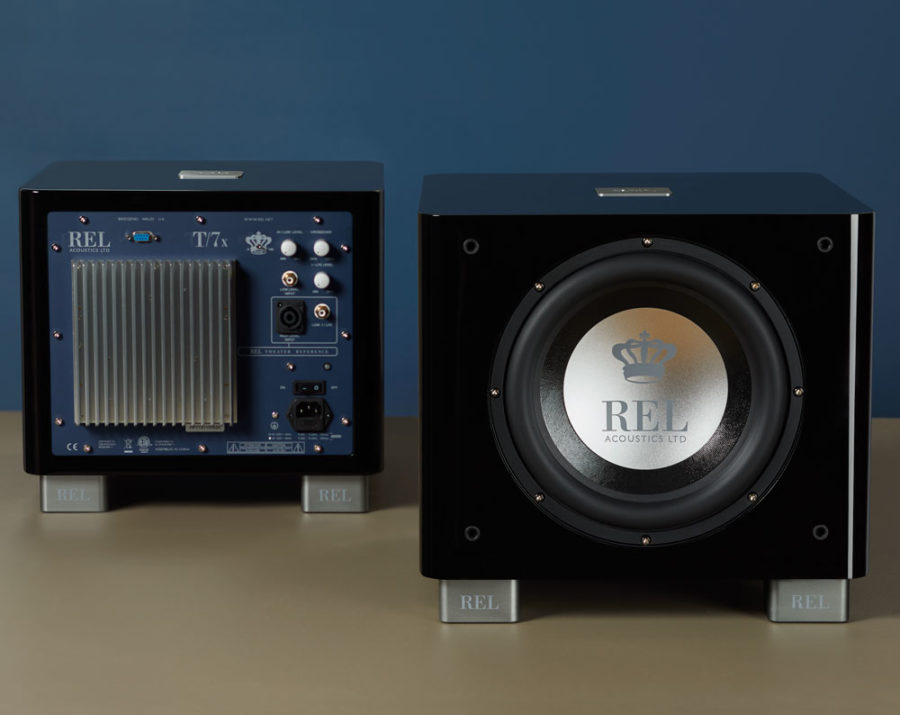
At Last: Ok, so the above should have taken, perhaps 5 minutes. Now, slowly begin bringing the Crossover control up 1 click at a time. If the REL begins to get obviously too loud and begins to drown out the speakers, reduce the Gain setting by a click or two till proper balance has been restored between speakers and REL. Continue raising the crossover until you hear a balance between the subwoofer’s tonality and texture matches the speaker. Deliberately turn the crossover up a few click past where you think the blend is perfect (you ARE counting clicks right). This is done to avoid hearing your mind playing tricks. At 2-3 clicks too high, you should definitely begin thinking your system sounds like a bad car audio system. Now, reduce the Crossover setting until you think you’re just about perfect. At this point, you have essentially four choices: Crossover up or down 1 click in either direction (2 choices) or Gain up or down 1 click (2 choices).
Guidance: When one’s crossover is set 1 click too low, the music will have a subtle steely edge, a thinness to the sound with a slight bite. Too high and music takes on a warm, slightly sloppy character that can be described as dark. Gain is more obvious, if anything err on the side of running it one click too high. If it truly is, it’s easy to reduce it by one click once you’re certain this is so. But if you leave it too low, it can induce doubt in your results and once you start playing with your crossover control, it’s easy to go wrong.
Final REL Tip: If your Crossover setting is set much higher than 10 o’clock—around 13-15 clicks up, you’re probably making a mistake.
Tip 2
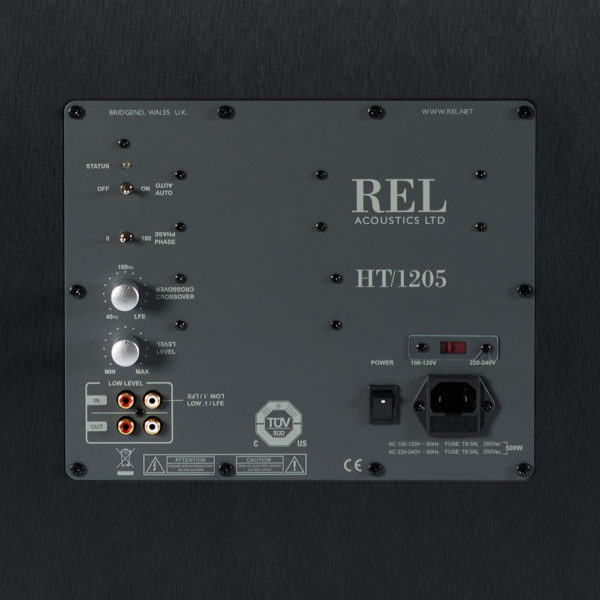
Sorry for being so darn wordy on the classic High Level-based RELs. For you HT guys, the most common error is an extreme version of Tip 1. We often observe Crossover controls set ALL the way up and the Gain control turned ALL the way up. It’s a testimonial to the toughness of these models that they don’t all blow up the first day.
Start by turning your Gain and Crossover settings all the way down and try something few outside of the most experienced listeners do. Try unplugging the (Black) Ground wire to each speaker, wrap a little tape around each spade or banana connector just to make certain it doesn’t accidentally short out and blow a fuse, or worse, in your amp. This turns off the speakers so you can focus on JUST the subwoofer
Next, play a known strong special effects passage and begin bringing up the REL’s .1/LFE Gain Control. Can you hear deep bass and a lot of it coming from your REL as soon as you (slowly) increase the level? Great, you now have permission to actually tune it now. If you DON’T hear low bass beginning to emerge almost immediately upon bringing up the Gain, then turning the Gain control further will not make loud bass come from your sub. Instead, by turning it ALL the way up you are simply guaranteeing that when a big bass passage does explode through your system, you will damage your new subwoofer. By turning your speakers off, it allows you to hear whether special effects bass is actually being sent to your subwoofer. Most don’t realize that –especially when set to Large for Speaker setting—signal is only present on the subwoofer connection (LFE) when a special signal is detected by your BluRay player (or DVD) and that otherwise there is absolutely no signal present flowing down the subwoofer cable. In that event, turning Gain up and up accomplishes nothing productive and will result in damage when signal finally is present.
Mistake #2 for Theater Lovers: Turning the Gain all the way up is not tuning, any more than holding your accelerator down to the floor continually is “driving”. Theater is great fun, but finding the practical limits of your system is key to long term enjoyment of your system. Try experimenting with your system with NO subwoofer present. Select one of your torture test movie chapters and slowly, carefully bring up the volume till it is at the ragged edge of distorting. Stop. Now install your subwoofer and play the same passage, again increasing Gain slowly and stop turning it up when it is right on the ragged edge of distortion (that dirty, grungy sound that sounds like an old Fuzz Face distortion pedal).Stop, that’s as loud as your system and subwoofer can safely be turned up. Tip: The Gain control likely cannot safely be set much higher than 1 o’clock on the dial.
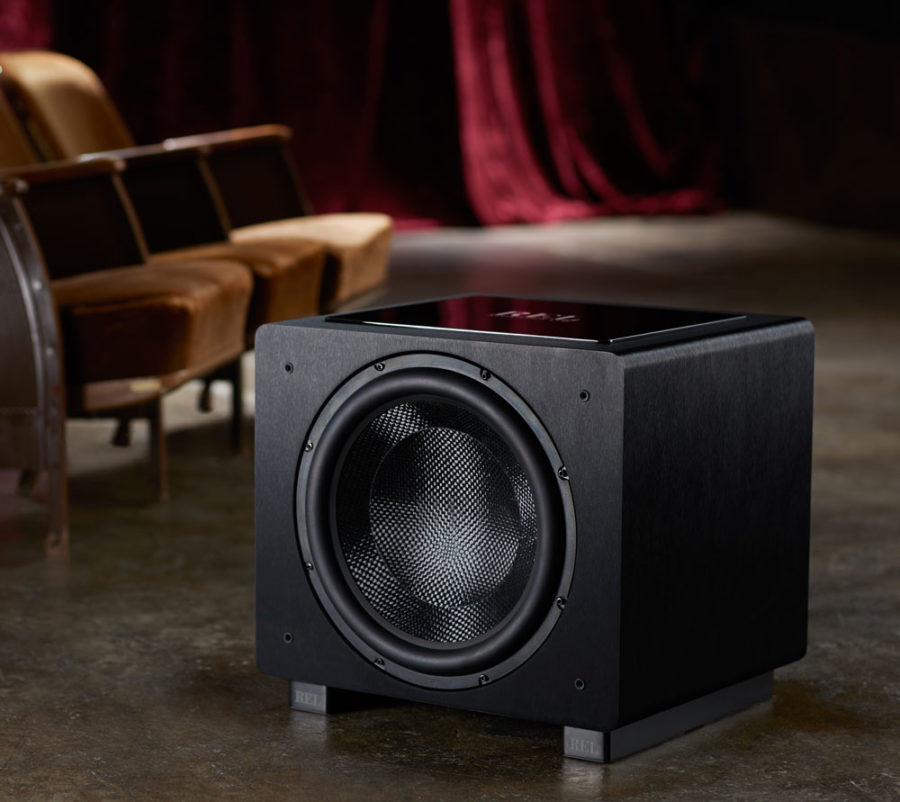
Mistake #3: Turning your Crossover Control All the Way Up Actually Reduces Output. Why? Amateurs think that turning everything up all the way will produce the loudest subwoofer. They’re surprised to learn that it actually guarantees far less low bass output and that their subwoofer craps out far sooner. For lots of deep bass, whether you really understand it or not, deep bass actually IS why you bought a subwoofer. It’s the deepest bass that produces all the great special effects in movies, not mid and upper bass—that’s the junk that makes it hard to understand what’s being said on screen.
Once you know your maximum Gain setting as per above, repeat the scene while slowly carefully increasing your Crossover setting. Note: Any Crossover higher than 1 o’clock on the clock face of this control, you’re running it too high. In most cases, you’ll find that running it between 10 and 1 o’clock will produce the biggest, loudest and best combination of theater bass. But note: the higher you increase the Crossover setting, the more you will need to lower your Gain setting. Why? Because the wider open you set Crossover, the more signal comes through. Higher crossover settings allow more and higher frequency signals, therefore the volume needs to be turned down or you’ll overload it all over again.
OK, guys, and just as important for Theater special effects bass, it is crucial to set Phase with the Crossover set fairly low to ensure that it works best at low bass frequencies. With theaters, it’s best to set it at the beginning of your tuning, then double check once you’re sure you have Gain and Crossovers set properly. Play your favorite test track again and while all heck is breaking loose, flick the Phase switch back and forth. Louder is righter here so don’t overthink it.
Enjoy everyone. There’s something here for everyone.











